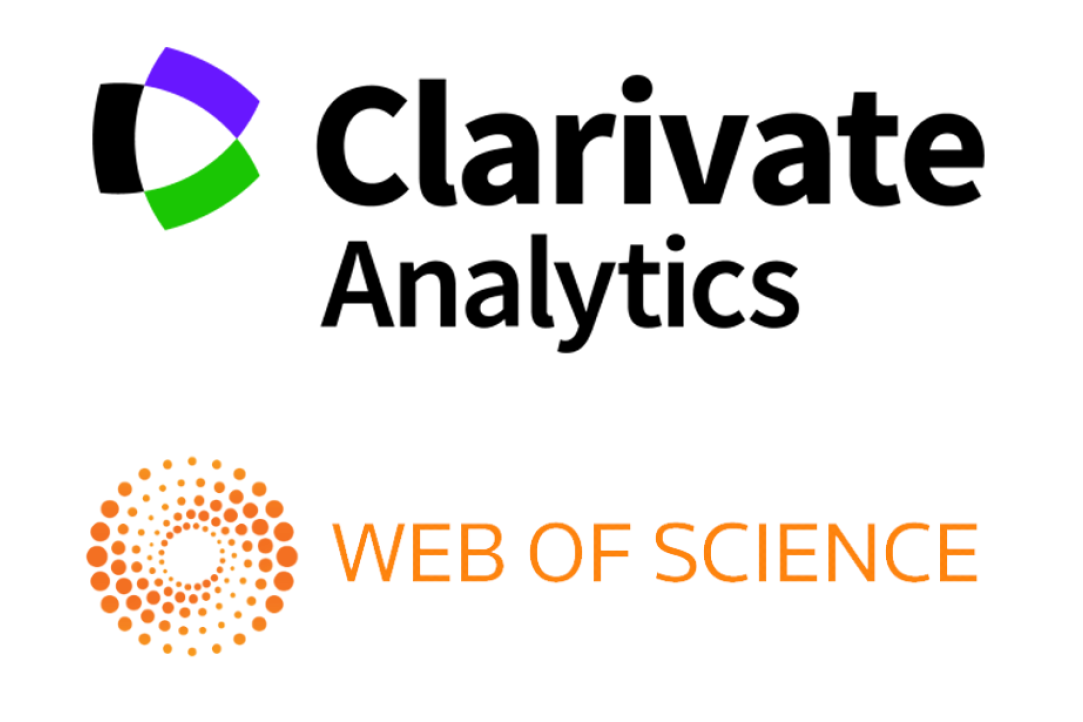Moshe Cordovero’s Kabbalah and its reception in Europe at the end of the 17th century
DOI:
https://doi.org/10.21146/2072-0726-2022-15-1-21-36Keywords:
Kabbalah, Jewish philosophy, Judaism, Moshe Cordovero, Yitzhak Luria, ZoharAbstract
Moshe ben Ya’akov Cordovero (1522–1570) was one of the most influential Kabbalists of the 16th century living in Safed in Northern Galilee (Ottoman Empire). The systematic explanation of the basic concepts of Kabbalah that he proposed had a significant impact on the subsequent development of Kabbalah. A characteristic feature of the views of Cordovero and his followers was the desire to “demythologize” Kabbalah, to create a synthesis of earlier views and to develop a unified speculative theory on their basis. At the same time, since the end of the 16th century, the Kabbalah school of Yitzhak Luria has gained increasing influence, striving to offer a completely new interpretation of the basic concepts of this teaching by remythologizing it. As a rule, it is believed that it was Luria’s Kabbalah that was at the center of interests of Christian researchers of Kabbalah of the 17th century, who in turn influenced the views of a number of European philosophers (H. More, G.W. Leibniz, J. Locke, F.C. Oetinger, F.X. von Baader, F.W.J. Schelling, F.J. Molitor and others). The article attempts to revise this idea and show that Cordovero’s Kabbalah was also very significant for the European thinkers of the 17th century, who were engaged in the translation and interpretation of Kabbalistic writings. The article is based on the analysis of the original Hebrew sources, as well as the Latin translations, made in the late 17th century.






